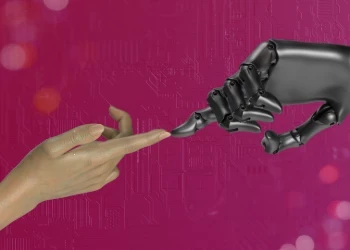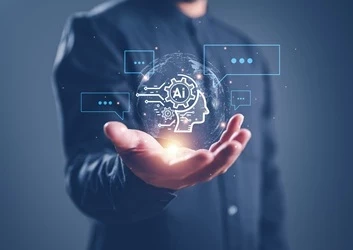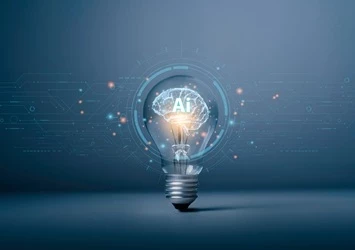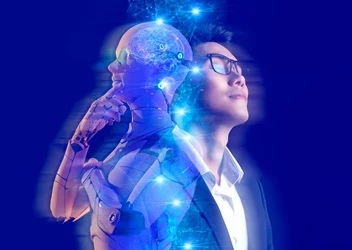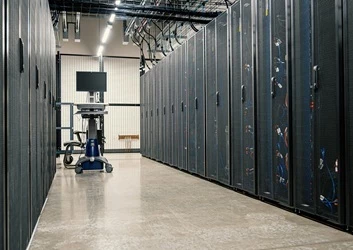7 Ways AI is Revolutionizing Life Sciences
Add bookmark
Artificial Intelligence (AI) is already transforming the way we diagnose and treat disease. From accelerating new product R&D to leveraging big data to optimize patient outcomes, AI is moving the life science industry forward in unimaginable and limitless ways.
Diagnostics
Deep learning is a machine learning technique that enables automatic learning through the absorption of data such as images, video, or text. In other words, learn by example.
These days, deep learning-powered AI is used to diagnose all types of medical maladies from brain disorders to diabetic retinopathy through the usage of large neural networks capable of modifying their hyper-parameters whenever updated new data comes in.
For example:
Cancer - Using computer vision, AI can spot and differentiate between malignant and benign masses. AI can even detect subtle abnormalities in tissue that may be missed by routine scans.
Cardiology – The leading cause of death wordwide, heart disease can be incredibly difficult to diagnose as it requires numerous tests, causes wide-ranging symptoms that even top doctors can miss and heart scans, the key diagnostic tool used in diagnosing heart conditions, can be hard for humans to read. However, AI powered products such as EchoGo are able to examine heart scans in much greater detail than humans can.
Genomes – The human genome consists of over 3 billion genetic letters. With that in mind, it’s no surprise that a human’s ability to truly process and utilize all of the data within the genome is extremely limited. AI systems, on the other hand, are capable of synthesizing massive amounts of gene-related data to spot correlations in genomes and disease. This data will be the foundation of the next generation of medicine and gene therapy.
Preventative disease management
Chronic disease has never been a bigger problem. As of now, chronic disease affects about 133 million Americans and many of these illnesses do not have a real cure. However, lifestyle changes and general wellness programs can improve the quality of life for at least 40% of this population. However, a whopping 80% of people drop out of chronic care therapeutic programs.
However, AI is changing this. Partnered with wearable technology, AI can monitor patient vital signs and alert them, or their doctor, if something goes awry. For example, if someone is over-exerting themselves, the AI will know and tell them to slow down. Or, if a diabetic’s blood sugar gets too low, the system will let them know before they have an episode or seizure.
Clinical Trials & Medical Research
Clinical trials are key to developing new treatments and therapies. However, two of the biggest roadblocks to a successful trial are patient recruitment and compliance.
Using natural language processing (NLP), AI-powered solutions can process patient databases that include pathology reports and doctor’s notes to seek out eligible trial participants in minutes vs. months. Using wearables, clinicians can ensure patients are following the treatment regime to ensure they’re collecting high quality data.
Regulatory landscape in AI life sciences
Despite the promise of AI, these tools should not be applied unchecked. Before they can be used on humans in any meaningful capacity, they must not only be safe and effective, but also guide patient privacy as well.
However, many regulatory bodies have yet to develop testing protocols, safety standards or patient data guidance for AI powered tools. By the look of things, it could be years before they do. Until then, it is up to the innovators themselves to protect patients.













